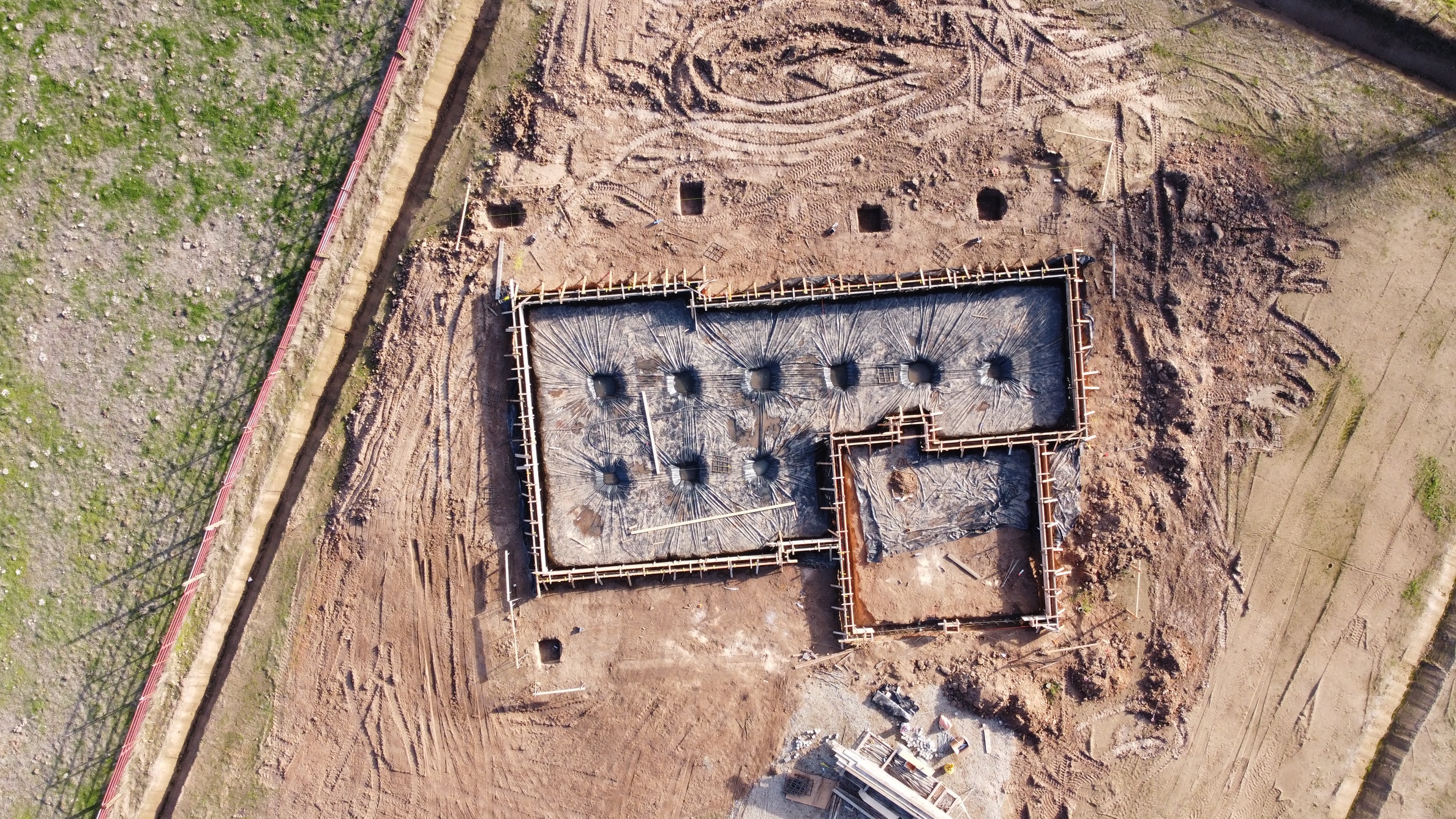When companies hire creatives, either on a full-time or freelance basis, they want to know as much as they can about who they’re working with before the contract begins. An online portfolio is an essential part of this process. Creatives who don’t have them are essentially screaming, “I have no work to prove that I’m as talented as I say I am!”
While it might sound daunting, it’s essential that you have something to give potential employers to demonstrate your abilities. Building an online portfolio from scratch may seem like an overwhelming task, but breaking it down into smaller steps can help simplify the process.
To create a stunning online portfolio, you should:
- Gather examples of your work
- Plan and build your website
- Put it all together and polish it up
1. What Work Are You Really Proud Of?
While some guides might advise you to build your website before gathering examples of your work, we think it’s best that you start with the heart of it all: the work that you’re really proud of. This is the content that should be front and center.
If you’re just starting out, you’ll want to set aside one or two hours to look through all the files on your computer (and in your email) that contain examples of your work that you created for classes or for clients. If you’re further along in your career, you might choose to set aside half or a full day for this task.
Dedicate yourself to this process. Don’t just rush through and pick your best or loudest pieces. Take the time to find all the work that you’re proud of and that you want potential clients to see.
2. Plan Your Design
Great artists sketch before they paint. You should plan before you begin to design your website. Think about how you want to organize your work and then determine how many web pages those examples should be spread across (or maybe it’s just one page with a gallery of images). Sketch a design that makes sense for your work.
3. Write It Up
Each of your work examples should come with context. Don’t just stick your work on a page with a tiny caption and expect interested employers to know how you contributed to it. Write a short paragraph explaining what your role was and how your work helped the client achieve their ultimate goal.
4. Build The Foundation
Once you have at least four examples of your work that you think reveal your best qualities, along with a short paragraph to explain your involvement in each, and a plan for your website, it’s time to get building.
First, you need to decide on a name for your website. You obviously can’t choose anything that’s already in use. You should choose a name that makes sense for you. Don’t be too vague (unless that sort of styling will attract the type of clients/employers you’re looking for). For most artists, it’s best to be precise and informative.
Then, choose your hosting provider. This is the company that owns the server space where your website will be based. There are many hosting options out there, including GoDaddy, Bluehost, Domain.com, and NameCheap. Research a hosting provider that meets your needs (that will offer fast loading times).
5. You’re The Architect Of Your Own Site
Next, it’s time to do the building. If you have the funds, you might choose to hire a website designer. However, most individuals will need to build their own websites.
There are many different available website builders, such as Squarespace, Weebly, Adobe Portfolio, Wix, and WordPress. Each of these builders has advantages and disadvantages. Some are more cost-effective than others.
If you want to choose a low-cost website builder, then you might need to be prepared to have ads on your online portfolio. That’s not exactly ideal, but it’s not the worst thing in the world, either. Most people are extremely used to online ads and won’t be bothered.
Some people are more confident in their tech abilities than others. If you are uncertain about your website-building abilities, then consider asking a friend or relative for help. Don’t spend hours staring at your screen, stressing out because you can’t get the design to flow the way you want it to. Ask for help if you need it.
As for flow, we recommend a short landing page, at least one portfolio page (this will depend on your niche), an about page (with a short biography), and a contact page.
6. Polish It To A Shine
Now it’s time to put it all together. You have the site basics filled out, so now you need to make sure everything looks as polished as possible.
Play with fonts and colors until you’ve found a readable combination that reflects your style. Take time to experiment with different page layouts. Keep adjusting your pages until you’re proud of your website and you would be happy to show it to your ideal client/employer.
7. Optimize for Mobile and Search
Last but certainly not least, it’s important that you optimize your site for mobile and for search results. Recent studies have shown that people are using their phones to browse the web more than their computers. If your potential client is trying to access your website while sitting in an airport and using their phone, but they can’t, then you’ve just lost business.
You’ll also see more interest if your website is search engine optimized. You should set aside time to perform in-depth research about how to rank high in search engine results for your niche.
8. Update Your Online Portfolio
After investing money, time, and energy into your online portfolio, it can be tempting to “set it and forget it.” However, you shouldn’t just neglect your online portfolio after all the work you’ve put into it.
Put a reminder on your calendar to do a portfolio check-in once a month. Read through your Google Analytics to see what areas you should be focusing on to improve. Update your portfolio pages with new examples of your work. If there have been any significant changes in your life, incorporate them into your about page.
In The End It All Comes Down To Content
Your online portfolio is a critically important tool for communicating with potential clients and employers. However, it’s the vehicle of communication and not the whole picture. Your actual work examples are what matter most. Make sure that they’re easy to find on your website and that they stand out.
To attract the type of clients and employers you’re looking for, make sure your online portfolio shines.














